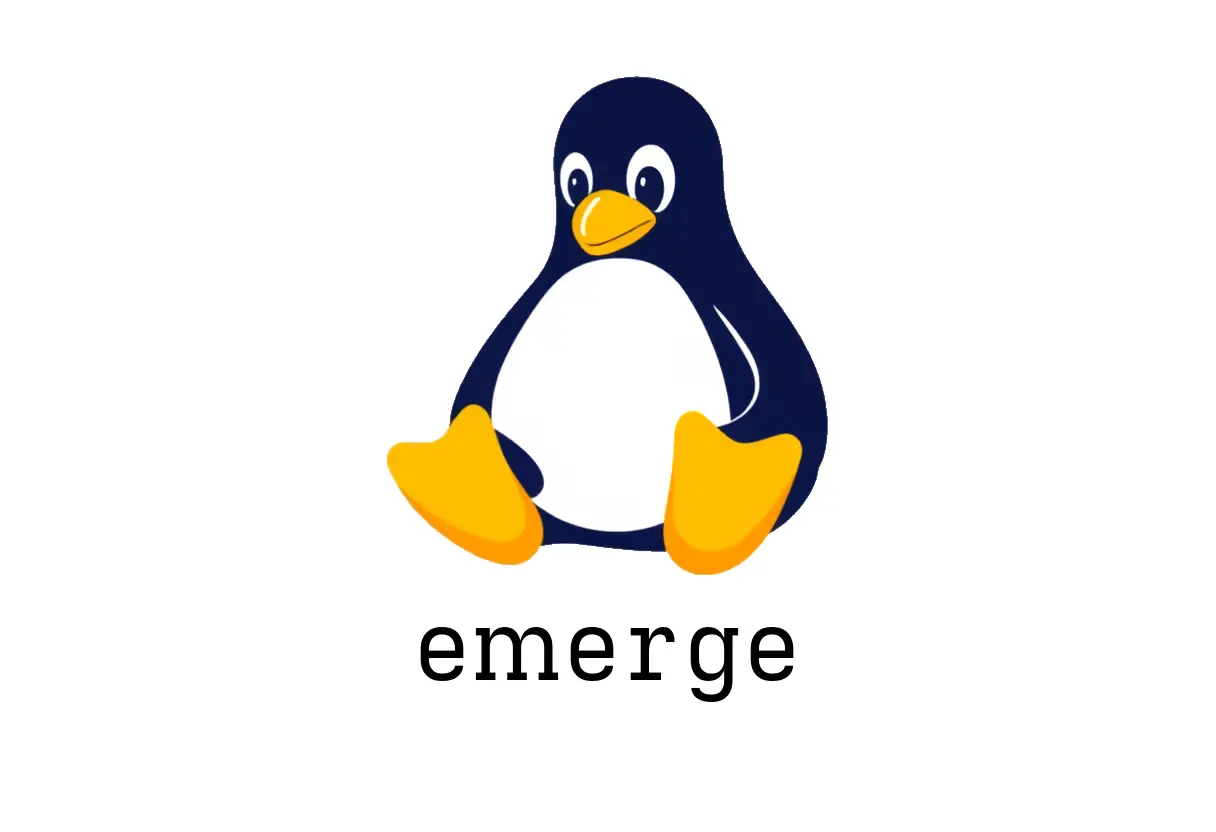
Mastering the emerge Command: The Essential Package Manager for Gentoo Linux
Mastering the emerge Command: The Essential Package Manager for Gentoo Linux
The emerge utility is the core package management tool for Gentoo Linux, providing administrators and users with powerful capabilities to manage software on their systems. As the primary interface to Gentoo’s Portage system, emerge offers a comprehensive set of commands for updating, installing, removing, and searching packages. This post will guide you through the most common uses of emerge to keep your Gentoo system up-to-date and well-maintained.
What is emerge?
emerge is the command-line tool that interacts with Gentoo’s Portage system—a flexible and highly customizable package management framework. It allows users to synchronize repositories, install new software, update existing packages, and perform complex dependency management tasks. For equivalents in other package managers, you can check out the Pacman Rosetta here [1].
Key emerge Commands
Synchronizing the Package Tree
To ensure that your portage tree is up-to-date with the latest package definitions, run:
sudo emerge --sync
This command downloads the latest ebuilds and updates the local Portage tree, which is essential before installing or updating packages [2].
Updating Your System
To update all installed packages along with their dependencies, use:
sudo emerge [-avuDN|--ask --verbose --update --deep --newuse] @world
This command updates your entire system, considering new USE flags, dependencies, and updates for all packages in the @world set, ensuring your system has the latest features and security patches [2].
Resuming a Failed Update
If an update process fails midway, you can resume it with:
sudo emerge --resume --skipfirst
This command continues the update process, skipping any packages that caused failures so you can address issues separately [2].
Installing a New Package
To install a new software package with confirmation prompts, run:
sudo emerge [-av|--ask --verbose] package
Replace package with the name of the software you wish to install. The flags -a (ask) and -v (verbose) provide prompts and detailed output, making the installation process explicit [2].
Removing Packages
To remove a package and its dependencies, confirm the action with:
sudo emerge [-avc|--ask --verbose --depclean] package
The -c or --depclean flag helps remove dependencies that are no longer needed by any installed package, cleaning your system efficiently [2].
Cleaning Up Orphaned Packages
To find and remove orphaned dependencies (installed as dependencies but no longer required), execute:
sudo emerge [-avc|--ask --verbose --depclean]
This keeps your system lean and reduces potential security risks by removing unnecessary software [2].
Searching for Packages
To find packages related to a specific keyword in descriptions, use:
emerge [-S|--searchdesc] keyword
This helps locate software in the Portage database based on descriptions, aiding in discovering packages matching your needs [2].
Conclusion
The emerge command forms the backbone of software management on Gentoo Linux. Whether you’re updating your whole system, installing new tools, or cleaning up unused packages, mastering these commands helps ensure your Gentoo installation remains stable, secure, and optimized. For more detailed information, refer to the official Gentoo Portage wiki here [2].
References:
[1] https://wiki.archlinux.org/title/Pacman/Rosetta
[2] https://wiki.gentoo.org/wiki/Portage#emerge